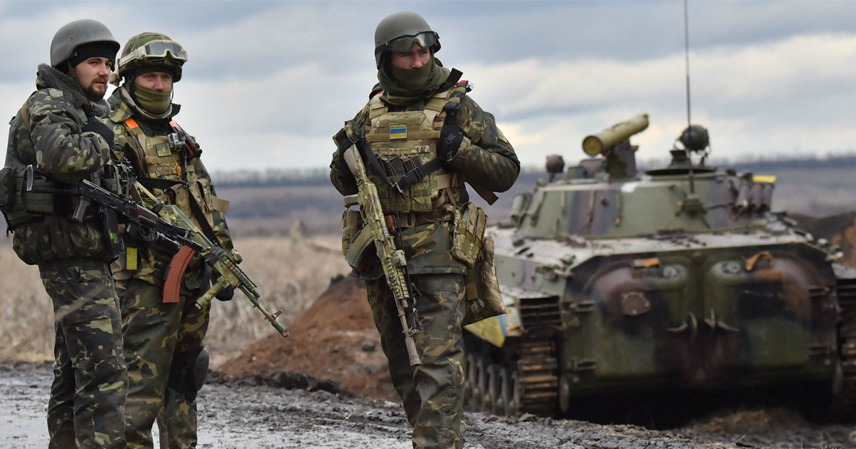When Western powers imposed sweeping sanctions on Russia, few expected the effects to last this long. Yet, more than three years into the Russia–Ukraine conflict, Moscow’s economy has slowed, inflation remains high, and living standards have taken a hit. For China, watching from the sidelines, Russia’s ordeal has become a cautionary tale about economic resilience and overdependence on global systems.
The West’s Unrelenting Sanctions Pressure
Since the conflict began in February 2022, Western nations have rolled out one of the most extensive sanction campaigns in modern history—over 30,000 restrictions targeting Russia’s financial institutions, energy exports, and industrial supply chains. The U.S. and EU lead the charge, freezing assets, banning energy imports, and excluding Russian banks from the SWIFT payment network, crippling foreign trade settlements.
The energy sector, Russia’s economic lifeline, took the hardest hit. The EU’s oil price cap—initially $60 a barrel in 2023 and now reduced to $47.6—forced Russia to sell crude at steep discounts. Natural gas exports to Europe plummeted as pipelines were shut down and LNG sales were restricted. The EU’s latest sanction package, its 19th round, blacklisted 117 new entities and over 550 “shadow tankers” involved in Russian oil transport.
Technology sanctions were equally devastating. Semiconductor giants like TSMC, Intel, and AMD cut supplies, while Boeing and Airbus halted aircraft parts exports. The result? Russia’s aviation and automotive industries now rely on cannibalized parts and improvised solutions.
Despite the Kremlin’s rhetoric of “economic immunity,” the toll is evident. Oil and gas revenues fell 23% year-on-year in September 2025, and the IMF now forecasts Russia’s GDP growth to fall from 4% in 2024 to just 0.9% in 2025. Inflation exceeds 8%, and the central bank’s interest rate hike to 16% has further strangled investment.
Russia’s Economic Fatigue
While Russia has avoided collapse, the sanctions have worked like a slow poison. Its **energy export dependency—nearly 40% of GDP—**proved fatal once Europe diversified supplies. Although Moscow redirected crude exports to Asia, shipping costs and discounts eroded profits.
Domestic inflation is biting hard. Basic goods like bread, milk, and eggs have doubled in price. Even as foreign reserves remain above $600 billion, real purchasing power has fallen. The government’s stopgap measures—price controls and subsidies—only mask deeper inefficiencies.
In essence, the sanctions didn’t crush Russia overnight. They sapped its long-term growth momentum and exposed the vulnerabilities of a resource-heavy economy dependent on Western technology and financial infrastructure.
A Harsh Lesson for China
For China, Russia’s predicament is more than a geopolitical spectacle—it’s a strategic mirror. Beijing has watched closely how Washington uses economic interdependence as leverage, and how energy chokepoints and tech restrictions can paralyze even a major power.
The takeaway is clear: self-reliance is not optional—it’s survival.
China’s comprehensive industrial base gives it a decisive edge. According to UN data, China now covers all 41 major industrial categories, from microchips to aircraft manufacturing. Its self-sufficiency rate across key sectors has reached nearly 90%, with growing investment in semiconductor independence—domestic chip production already surpasses 30% and climbing.
Energy security is another pillar. Unlike Russia, China has diversified its supply sources through long-term contracts with the Middle East and Latin America, while expanding domestic renewables. Wind, solar, and nuclear capacity now exceed 1.4 billion kilowatts, forming the world’s largest green energy network.
Meanwhile, China’s high-voltage grid exports and infrastructure diplomacy—under the Belt and Road Initiative—ensure that even in a sanctions scenario, the country can sustain vital operations and maintain international leverage.
Strategic Takeaways
Russia’s experience underscores a brutal truth in modern geopolitics: economic sovereignty is the new national defense. Sanctions have become a weapon as powerful as missiles, capable of destabilizing entire societies without firing a shot.
For China, the lesson is to:
- Accelerate technological autonomy in semiconductors, AI, and aerospace.
- Secure diversified trade partners to reduce exposure to Western markets.
- Strengthen domestic consumption to cushion against external shocks.
- Develop digital and alternative finance systems to bypass SWIFT-like vulnerabilities.
As the world edges toward a new economic Cold War, those who control production chains and energy flow will hold the upper hand. Russia paid the price for underestimating this shift. China is determined not to repeat that mistake.
References
- IMF World Economic Outlook (2025)
- European Commission Sanctions Report, October 2025
- Chinese Energy Administration Data, 2025



